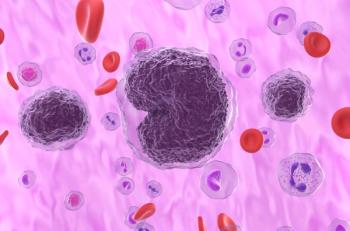
In Light of SPRINT, How to Treat Hypertension?
An author in JAMA points out some caveats to a ground-breaking trial.
How aggressive should doctors be in treating hypertension? The “consensus” seems ever in flux, as new studies emerge. Aram V. Chobanian, MD, of Boston University Medical Center, offered a
SPRINT examined the benefit of getting these patients to a goal of having their systolic blood pressure (BP) to 120 mm Hg, and found that in general, it took 1 additional drug to get patients to this goal. The benefits that emerged were so apparent that the National Institutes of Health stopped the trial early. The group being treated aggressively had 25% fewer deaths and 30% fewer cardiovascular events.
Chobianian noted that the exclusion criteria of SPRINT were such that primary care physicians—who provide the vast majority of care to this population—should take this knowledge into account. And, because of the early end to the trial for ethical reasons, “the full effect of the benefits and adverse events of long-term therapy is unknown.” Of note, he wrote, BP measurements in SPRINT were made after a short period of rest, which is not typical in clinical practice settings.
So, what to do with treatment guidelines? Chobanian offers a recommendation to treat those without high health risk to <120/80 mm Hg up to age 50, and then to treat those between age 50 and 74 to a systolic BP of <130 mm Hg. After age 75, the systolic BP should be <140 mm Hg If the patient has type 2 diabetes, the systolic BP goal should be <140 mm Hg.
“Treatment decisions should continue to be guided by the actual BP values, although other factors need to be considered,” Chobanian wrote. Patients will keep arriving, and as doctors know, “treatment decisions and recommendations may be required even when the evidence base is not conclusive.”
What’s more important, he said, is for doctors to emphasize the need for healthy lifestyles for those in the 130-139/80-85 mm Hg range.
Reference
Chobanian AV. Hypertension in 2017—what is the right range? JAMA. 2017; 317(6):579-580. doi:10.1001/jama.2017.0105.
Newsletter
Stay ahead of policy, cost, and value—subscribe to AJMC for expert insights at the intersection of clinical care and health economics.













































